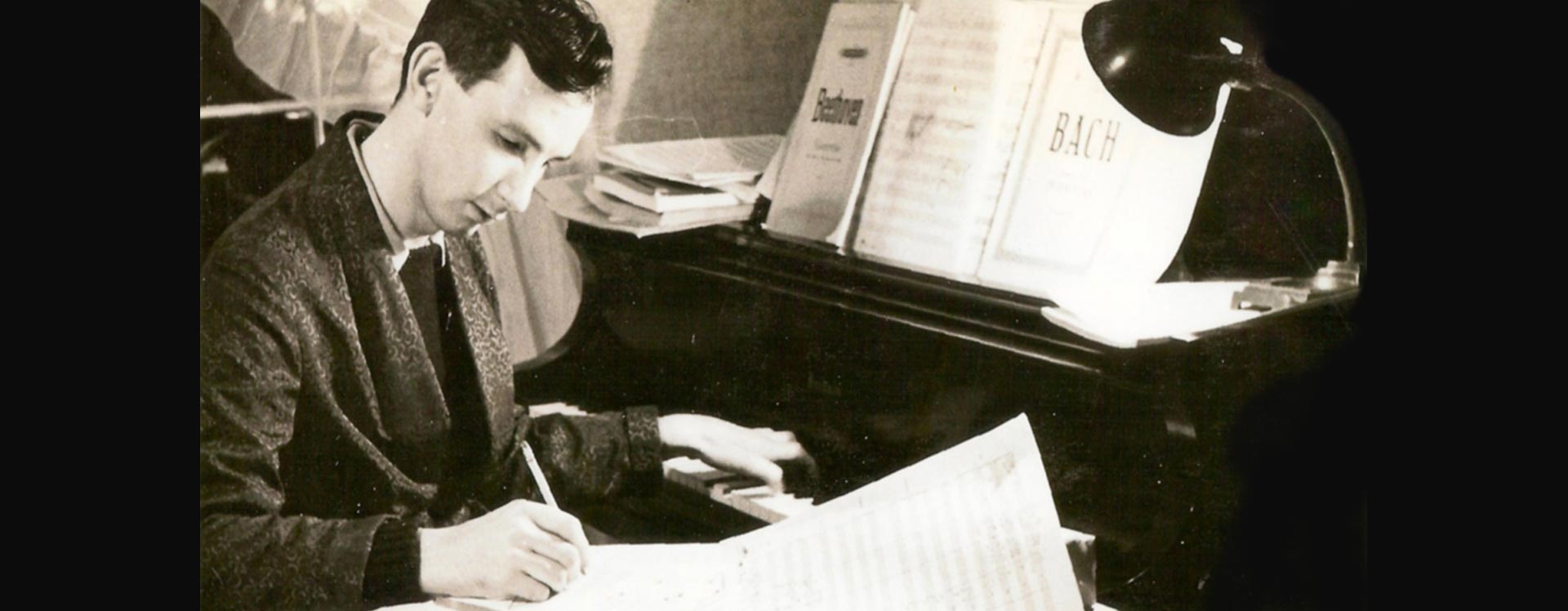

Photo: 25-year-old Sauter at work on a score for the Benny Goodman big band.
The Goodman discography cites May 23, 1939, as the date when the band did an aircheck for the Camel Caravan broadcast (for CBS) in Columbus. Two weeks later on June 6, "Without a Song" was the first arrangement the Goodman band would record penned by the 24-year-old recruit from Norvo's band. It would be his first of many charts for the Goodman Orchestra.
Sauter's first original for Goodman did not come easily to the 25-year-old. As his wife Peg recalled, "I can remember him pulling his hair over it, walking the floor, throwing things. 'I just can't get any ideas!' Of course, once he got the idea, he was fine, but I can remember everybody on pins and needles." The result of Eddie's hair pulling was a work that would go down in history as one of the classic Goodman charts, recorded on the bandleader's first session back (November 1940) after surgery and aptly titled "Benny Rides Again."
His technique to afford the soloist (in this case Cootie Williams) room to improvise as a built-in part of the larger global arrangement—as opposed to simply "blowing" on chord changes with occasional backgrounds—would be demonstrated in his work for Ray McKinley, the Sauter-Finegan band, and ultimately, for Stan Getz in their collaborations in traditionally "classical" settings.
A month after recording the first Sauter original for the band, the Goodman Orchestra went back into the studio on December 18, 1940, to lay down an arrangement of Sherman Myers' 1926 composition "Moonlight on the Ganges." Sauter's ability to make poignant musical statements within the context of an extant work by providing brilliant modulations and succinct interludes shines in "Moonlight on the Ganges" perhaps more than in any other Goodman arrangement.
For their general amicability, there were times at which Goodman and Sauter would disagree on matters related to the music. Goodman often decided to strike parts or sections from Sauter's arrangements owing to the fear that these excerpts would prove either too difficult for the band or too "hip" for the audience.
The dismissal of his work undoubtedly frustrated Sauter. "In order to do what I was doing, there was just too much repetition, and I needed stimulation of another sort at that time. I was crying for it." In 1944 after five years with Goodman, he was ready to move on.

Recommended: Listen on headphones or external speakers.
Benny Goodman & His Orchestra
"Benny Rides Again"
1940
See Music Analysis for "Benny Rides Again"
"When the Sun Comes Out"
1941
Vocal by Helen Forrest
"Perfidia"
1941
Vocal by Helen Forrest
THE 1940 BENNY GOODMAN BAND: Benny Goodman (clarinet); Alec Fila, Jimmy Maxwell, Cootie Williams, Irving Goodman (trumpet); Lou McGarity, Cutty Cutshall (trombone); Skippy Martin, Gus Bivona (alto sax); Bob Snyder (alto and baritone sax); Georgie Auld, Jack Henderson (tenor sax); Bernie Leighton (piano); Mike Bryan (guitar); Artie Bernstein (bass); Harry Jaeger (drums); Helen Forrest (vocals); Fletcher Henderson, Eddie Sauter (arrangers).
"I don't think there has ever been a master of harmonic modulation in jazz to equal Sauter. His skill [in jazz composition]...is certainly equal to Richard Strauss's [in classical composition]." — Gunther Schuller, The Swing Era, (1989)